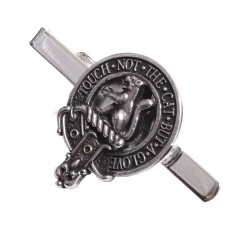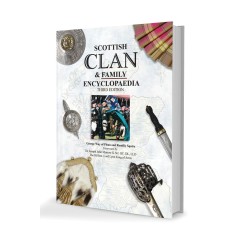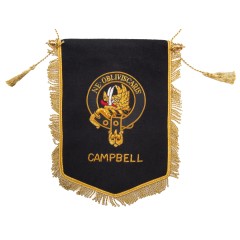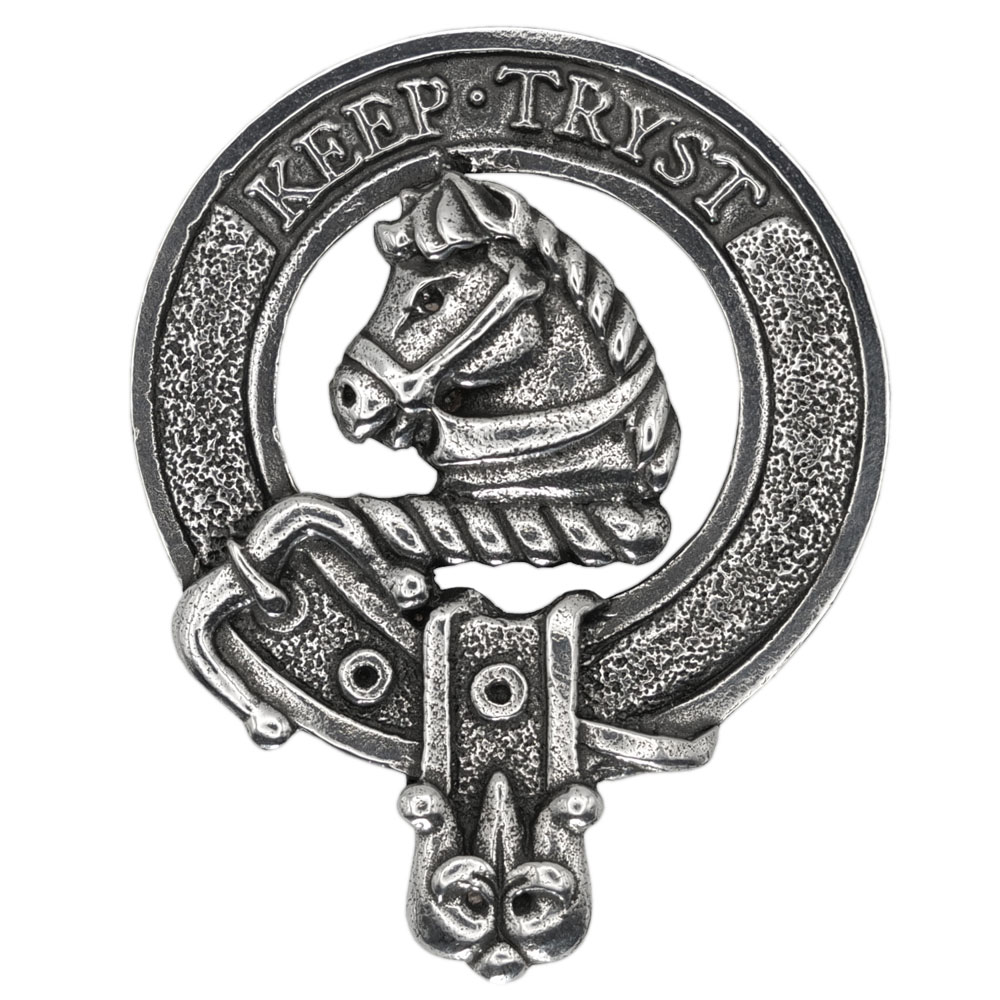
The Hepburn crest is a bridled horses head and the motto ‘Keep
Tryst’, essentially meaning keep faith.
The story behind this crest is probably that Adam de
Hibburne in the late 13th or early 14th century saved the
Earl of Dunbar from an attack by a wild stallion. In thanks the earl gave Adam
lands in East Lothian.
The story that first appears in Hector Boece’s HistoriaGentis Scotorum, the History of Scotland, of 1527:
“It is said, in the time of King David Bruce, ane Inglisman
was tane presoner, namit Hepburn; and haldin mony yeris in Scotland, for
none-payment of his ransoun. At last, quhen the Erie of Marche was in dangeir
of his life, be rage of ane insolent and undantit hors; this Hepburn come
pertly to his bridil, quhen na othir man durst refrene this hors. Thus savit he
the Erlis life, and gat certane landis in Louthiane. Quhais posterite is growin
in sic pissance of landis and surname, that now, by sindry noble knichtis quhilkis
ar in oure dayis, ar discendit of the samin blud, mony noble Erllis of Both
well, of na les honour, nobilite, and landis, than ony ochir erllis or baronis
ar in this realm: and of that surname hes bene mony noble prelatis, of singular
eruditioun, as yit occurris in our dayis.
But why is the horse bridled if it’s supposed to be a wild
stallion?
In the 1350s Sir Patrick Hepburn of Hales/Hailes was using a
bridled and belled camel as his crest. This was still in use by the first Lord
Hales in the 1450s. However, by the time of the third earl of Bothwell in the 1510s
the camel was morphing into a long-necked horse, and during his time the camel
became properly a horse. And it’s been a horse ever since. We first see the
motto ‘keip tryst’ on the seal of the first Earl of Borthwell in 1501 (Willam
Rae MacDonald, Scottish Armorial Seals, 1904, 164-5).
So why a camel?
James Coats 1725 Dictionary of Heraldry describes ‘Camels
are somewhat rare in coat-armour; as being strangers to Europe, yet they are wonderful
creatures for enduring hunger and thirst, and carrying great burderns through
the desers of Asia and Africa.’ He goes onto suggest that the symbol may be an
allusion to having ‘formerly went to the Holy Wars’.
And we find Sir Patrick Hepburn of Hailes obtaining a letter
of safe conduct from Richard II of England for twelve men and twelve horses,
dated 4 December 1381, for travel to the Holy Land. It’s unclear if he went or
not: he was at the Battle of Otterburn in 1388 (Scots Peerage, vol.2, 137).
We can probably interpret then that a bridled camel was
adopted by Sir Patrick during his phase of Crusading enthusiasm. This was
carried over for the next century by his successors, but by the 1500s the
original meaning was forgotten, and the camel morphed into a horse. We might
assume then that the story that appears in Hector Boece in the 1520s was a one
made up to explain the horse that should be a camel.
MKP 21 November 2025



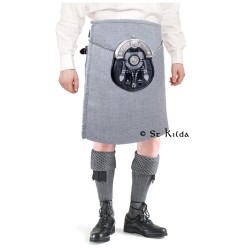





















-240x240w.jpg)

















